
How to Build Your Own Sustainable Aquaponics System at Home
As the world grapples with the pressing issues of food security and environmental sustainability, innovative solutions like the Aquaponics System are gaining significant attention. According to a report by the World Bank, urban agriculture can potentially increase food production by up to 20% in metropolitan areas, and aquaponics, which combines aquaculture and hydroponics, is at the forefront of this movement. This method not only maximizes space and resources but also minimizes water usage by up to 90% compared to traditional farming methods, as highlighted in a study by the United Nations Food and Agriculture Organization (FAO). Given the increasing interest in eco-friendly farming practices, building your own aquaponics system at home can provide an efficient and sustainable source of fresh produce and fish, while also contributing to a more resilient food system.
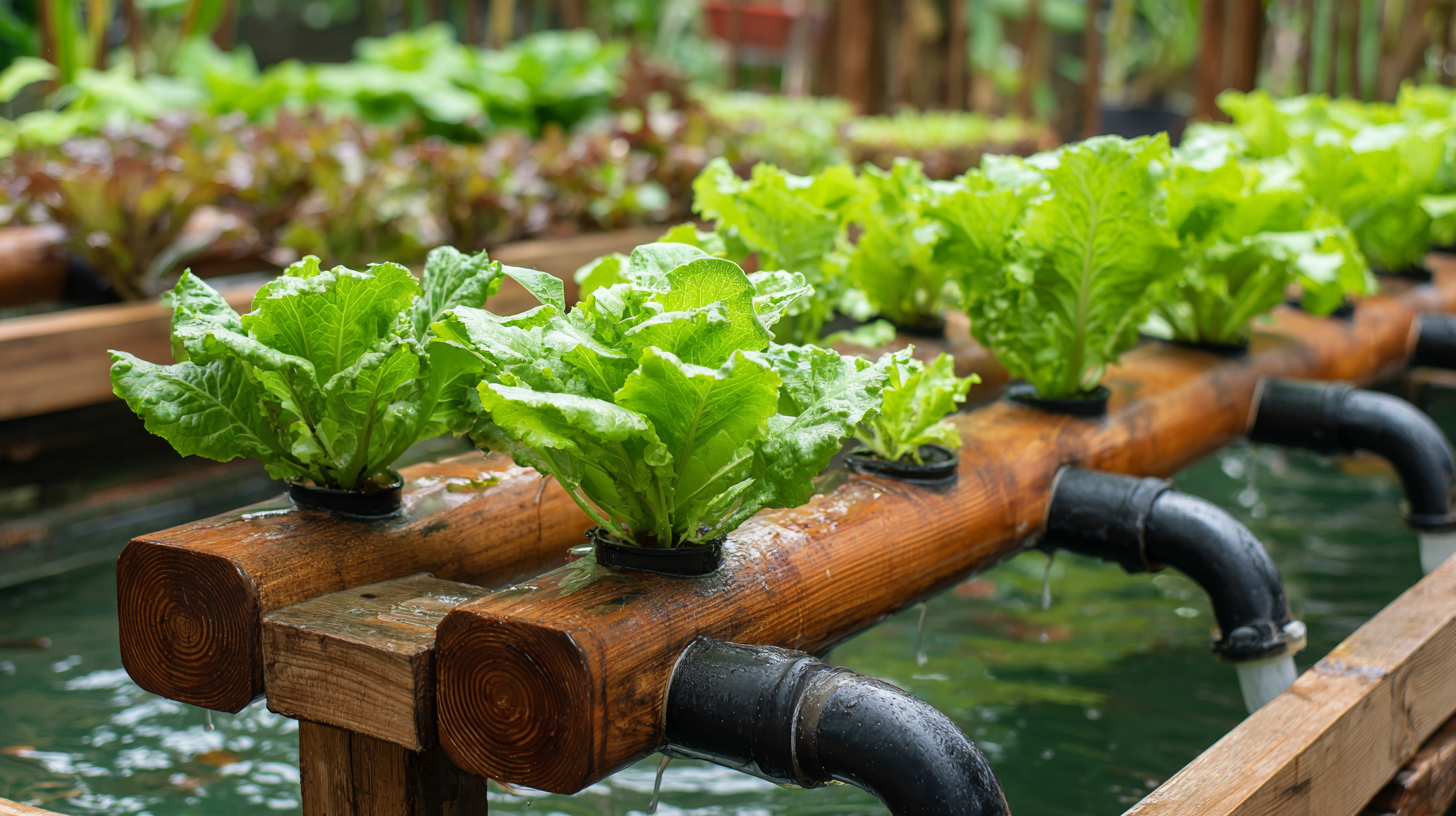
Choosing the Right Location and Space for Your Aquaponics System
When embarking on the journey of building a sustainable aquaponics system at home, choosing the right location and space is crucial. According to the Aquaponics Association, successful systems are typically located in environments that provide ample natural light, proper ventilation, and proximity to water sources. Selecting a space that receives at least six hours of sunlight each day can significantly enhance plant growth and overall system productivity. Additionally, indoor setups may require grow lights and humidity control, especially in regions with less consistent natural light.
Moreover, the environmental conditions of your chosen location, such as temperature and humidity levels, are paramount for the health of both plants and fish. Research indicates that optimal water temperatures for fish species commonly used in aquaponics, like tilapia, are between 75°F to 80°F (24°C to 27°C). Therefore, it's essential to avoid areas prone to extreme temperature fluctuations. Setting up your aquaponics system in a well-structured space not only improves efficiency but also ensures a healthy ecosystem, aligning with sustainable practices. For instance, a study from the journal *Sustainable Agriculture* noted that well-planned aquaponics systems can yield up to ten times more food per square foot than traditional farming methods, showcasing the significant benefits of thoughtful spatial design.
Water Quality Parameters in Aquaponics Systems
This chart illustrates key water quality parameters that should be monitored in a sustainable aquaponics system. Maintaining optimal levels of pH, ammonia, nitrite, nitrate, and dissolved oxygen is crucial for the health of both plants and fish.
Selecting Suitable Fish and Plant Species for Your System
When building your own sustainable aquaponics system, selecting the right fish and plant species is crucial for achieving a balanced and productive ecosystem. Research indicates that the most commonly recommended fish species for aquaponics include Tilapia, Catfish, and Trout. According to a report by the Aquaponics Association, Tilapia is particularly favored due to its fast growth rate and resilience to varying water conditions, making it an excellent choice for beginners. Not only can these fish thrive in a wide range of temperatures, but they also tolerate high stocking densities, which can optimize space in smaller systems.
In terms of plant selection, leafy greens such as lettuce, kale, and spinach are ideal companions to fish in an aquaponics environment. According to a study published in the Journal of Aquaponics & Water Management, these plants have a rapid growth cycle and efficient nutrient uptake capabilities, allowing them to flourish in the nutrient-rich water produced by fish waste. Additionally, herbs like basil and mint also perform well, providing not just culinary options but enhancing the biodiversity within your system. Thus, carefully selecting both fish and plants is essential to maximizing the productivity and sustainability of your home aquaponics setup.
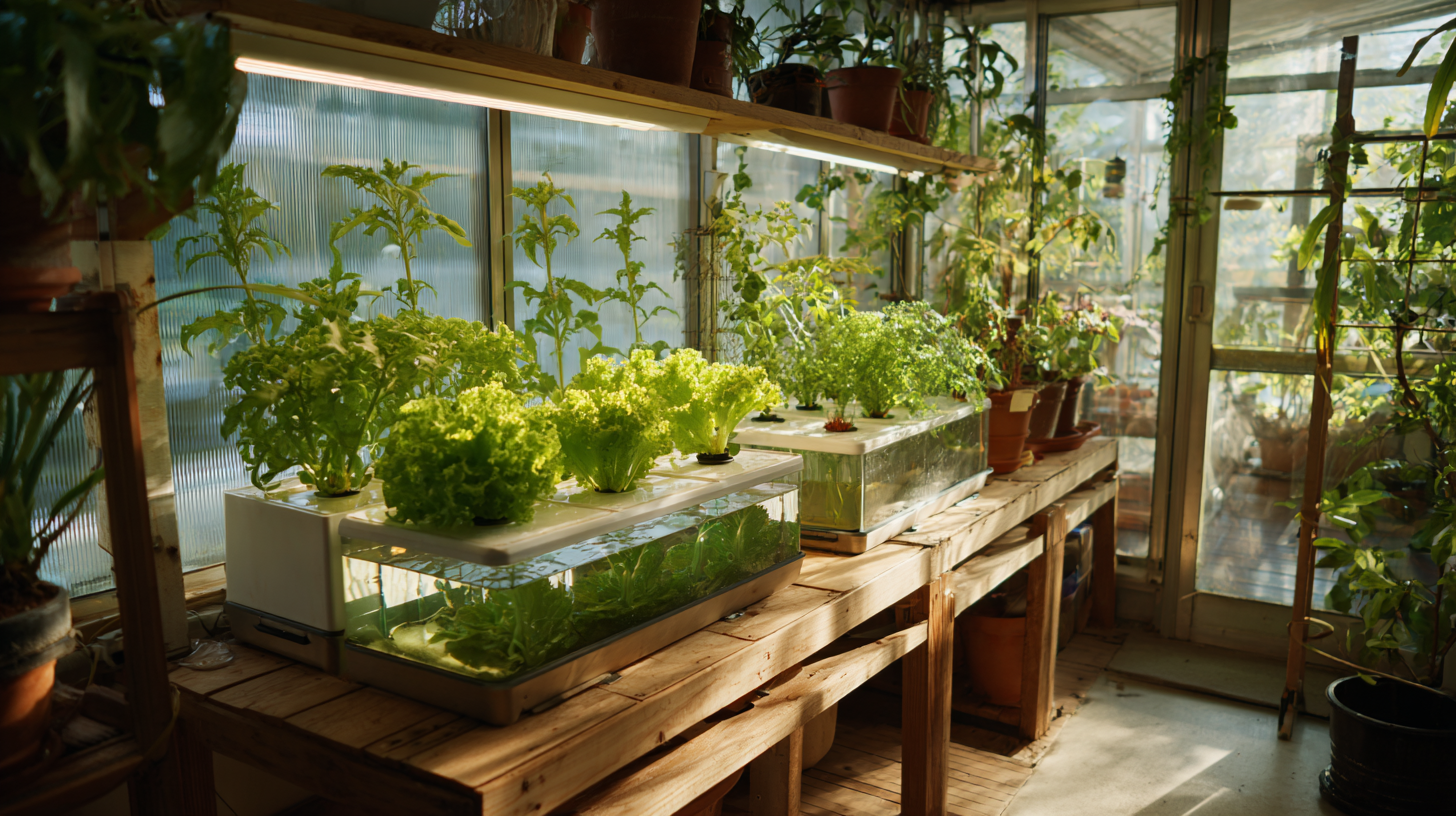
Essential Equipment and Materials Needed for Building Your Aquaponics Setup
Building your own aquaponics system at home can be an exciting and sustainable way to produce food while conserving resources. To get started, you will need essential equipment and materials that create a functional environment for both plants and fish. A commonly used structure is a repurposed food-grade IBC (Intermediate Bulk Container) which serves as the main reservoir and fish tank. This low-cost option is not only environmentally friendly but also effective, as noted in recent publications that detail the system layout and components critical for successful aquaponic setups.
In addition to the IBC, your aquaponics system will require a pump, grow media such as gravel or hydroton, aeration devices, and plumbing supplies to ensure proper water circulation. According to industry reports, incorporating vertical gardening techniques can significantly optimize space and increase yield, especially in urban settings where land is limited. By integrating aquaponics with innovative methods outlined in studies, you can create a self-sustaining food production system that aligns with the growing demand for local produce while minimizing resource waste.
How to Build Your Own Sustainable Aquaponics System at Home
| Equipment/Material | Description | Estimated Cost ($) |
|---|---|---|
| Fish Tank | Essential for housing the fish, typically made of glass or plastic. | 200 |
| Grow Bed | Container for plants; filled with media to support plant growth. | 100 |
| Water Pump | Circulates water between the fish tank and grow bed. | 50 |
| Air Pump | Provides aeration to the fish tank, ensuring oxygen for fish. | 30 |
| Grow Media | Supports the roots of the plants in the grow bed; can be gravel, clay balls, etc. | 40 |
| Test Kits | Used to measure pH, ammonia, nitrites, and nitrates in water. | 25 |
| Fish | The aquatic animals you will raise; choose species suitable for aquaponics. | 50 |
| Plants | Edible plants that benefit from the nutrient-rich water from fish. | 30 |
Step-by-Step Guide to Assembling Your Aquaponics System
Building your own sustainable aquaponics system at home can be an exciting and rewarding project. To start, gather your materials: a fish tank, grow beds, a water pump, and necessary plumbing. Begin by selecting an appropriate location with ample sunlight and easy access to water and electricity. Once you have a designated space, set up the fish tank as the system's base. Fill it with water and ensure that the tank is well-cycled, allowing beneficial bacteria to establish that will help convert fish waste into nutrients for the plants.
Next, install the grow beds above the fish tank. These beds will support your plants and filter the water that returns to the fish tank. Connect the water pump to the grow beds using PVC pipes or flexible tubing, ensuring a continuous flow of water. Choose plants that thrive in aquaponics, such as lettuce, herbs, or tomatoes, and plant them in a suitable growing medium like gravel or clay pebbles. Monitor water quality and adjust pH levels as necessary to create an optimal environment for both fish and plants. With careful attention and maintenance, your aquaponics system will flourish, providing you with a sustainable source of fresh fish and vegetables.
Managing Water Quality and Nutrient Levels in Your Aquaponics Environment
Managing water quality and nutrient levels is crucial for the success of your home aquaponics system. The dynamic relationship between fish, plants, and microorganisms requires careful monitoring to ensure a balanced ecosystem. Regular testing of parameters such as pH, ammonia, nitrite, and nitrate levels will help you maintain an optimal environment. Ideally, the pH should range between 6.8 and 7.2, while ammonia levels should be kept below 0.5 mg/L to avoid toxicity to fish. By using test kits, you can easily track these levels and make adjustments as necessary.
In addition to monitoring chemical parameters, it’s essential to maintain proper water temperature and oxygen levels. Most fish prefer temperatures between 70°F and 80°F, and adequate dissolved oxygen is crucial for both fish health and plant growth. Using aerators can help maintain sufficient oxygen levels, while maintaining a consistent temperature can be achieved through the use of heaters or chillers depending on your local climate. By carefully managing these factors, you can create a thriving aquaponics environment that supports healthy fish and robust plant growth.
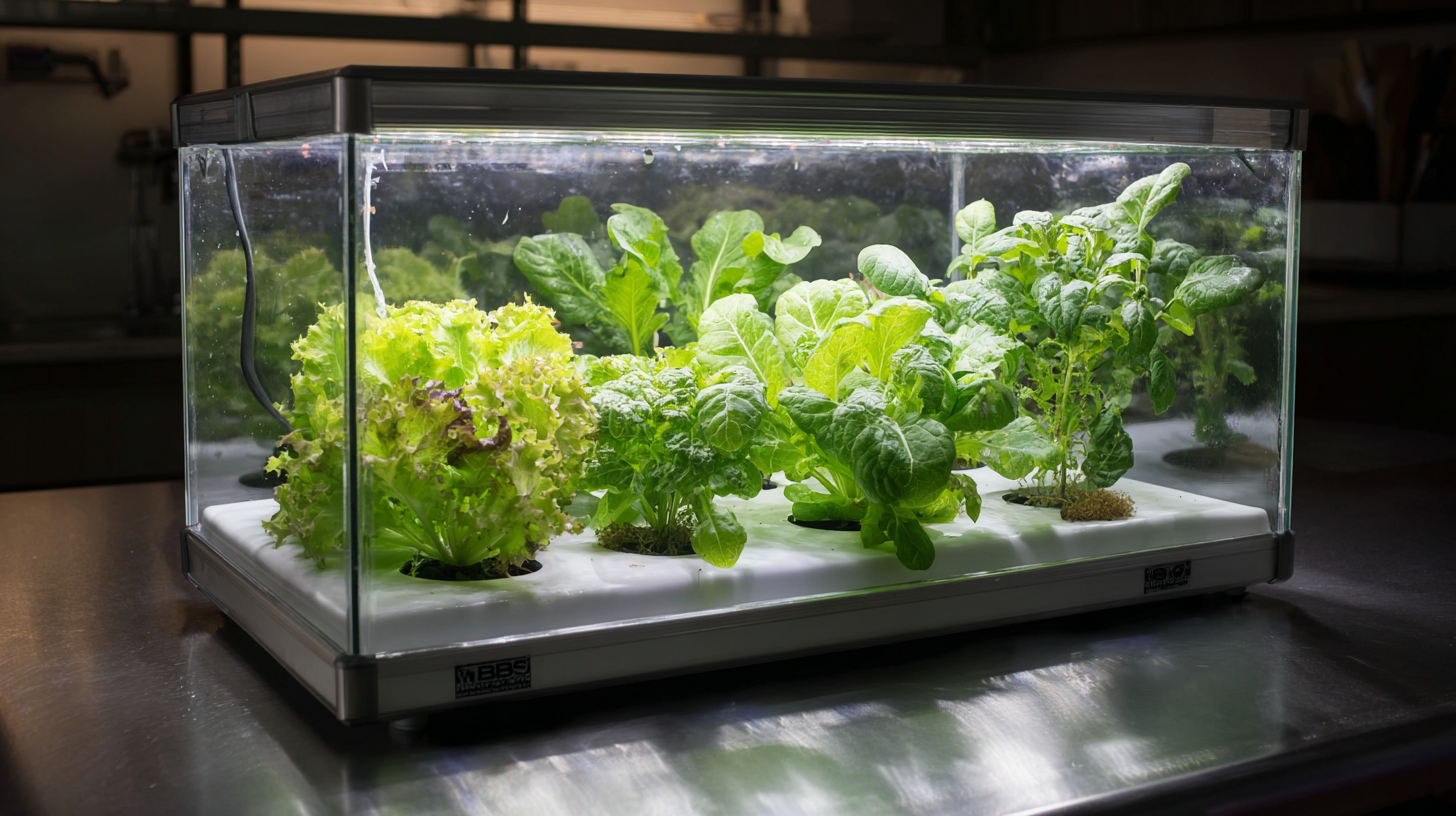
Related Posts
-
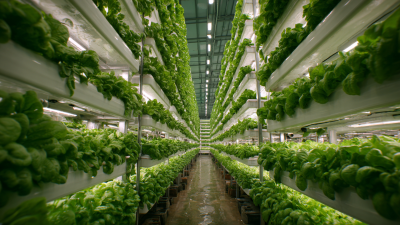
Leading the World in Aquaponics: Unveiling China's Best Export-Quality Systems
-
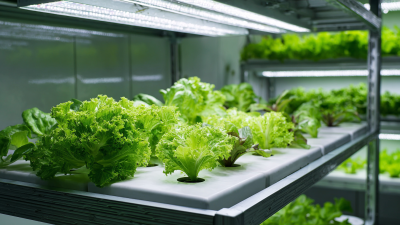
How to Minimize Repair Costs with Excellent After Sales Service for the Best Aquaponics System
-
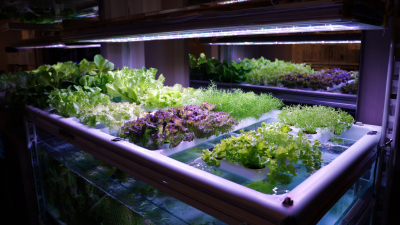
How to Successfully Maintain Your Aquaponics System for Optimal Growth
-
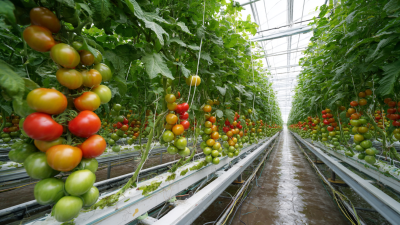
Unmatched Quality of Best Hydroponics Greenhouses Made in China for Global Trust
-
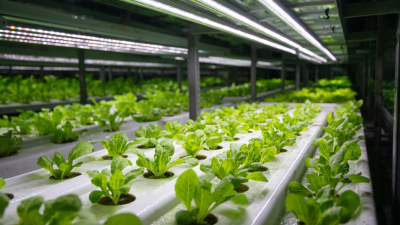
Future of Aquaponics Systems Market Trends and Projections for 2025
-
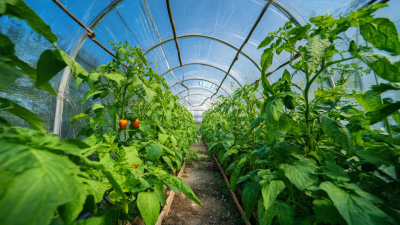
How to Maximize Plant Growth in a Polyethylene Greenhouse with Proven Techniques
